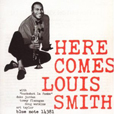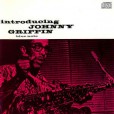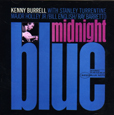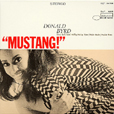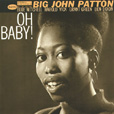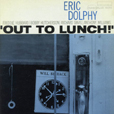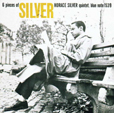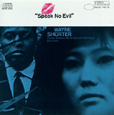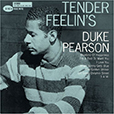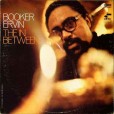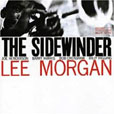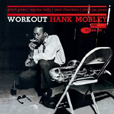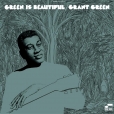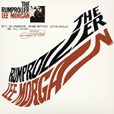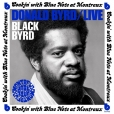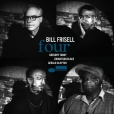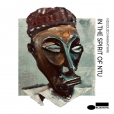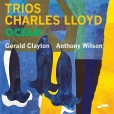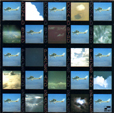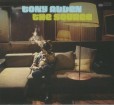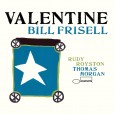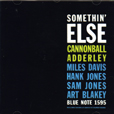Your basket is empty

With Cannonball Adderley, Duke Jordan and co.
Kicking off with Tribute To Brownie; and extending his tradition of hard bop trumpet-playing.
Donald Byrd (trumpet), Hank Mobley (tenor sax), Sonny Red (alto sax), McCoy Tyner (piano), Walter Booker (bass), Freddie Waits (drums).
1968, stereo pressing.
Flexing, in 1965, with Blue Mitchell (trumpet), Harold Vick (tenor sax), Grant Green (guitar), John Patton (organ) and Ben Dixon (drums) — not to mention Fat Judy.
Another five-star, stone classic. Check his bass clarinet scorching into the Monk tribute, to start. Fire! The rhythm section — Anthony Williams and Richard Davis, Stravinsky’s favourite bassist — is stupendous.
From 1956, recycling the previous year’s Jazz Messengers, subbing Louis Hayes for Blakey. Apparently Silver wasn’t planning on becoming a bandleader, but the success of Señor Blues propelled him forwards. Hank Mobley and Donald Byrd in full effect.
‘Classic Vinyl Edition.’
1964 masterwork with Freddie Hubbard, Herbie, Elvin Jones and Ron Carter, tersely melding avant, modal and bop. “Wild flowers and strange, dimly-seen shapes… I was thinking of things like witch burnings, too.”
Japanese, with insert: GXK 8146.
At the fountainhead of soul jazz and boogaloo, the stinging opener is an all-time, humungous, utterly irresistible jazz hit.
Joe Henderson and Barry Harris are superb throughout. Don’t miss Hocus-Pocus.
A mid-seventies pressing: dark blue labels, black ‘b’; VAN GELDER in the run-offs.
Lee Morgan (trumpet), Joe Henderson (tenor sax), Ronnie Mathews (piano), Victor Sproles (bass), Billy Higgins (drums).
Japanese one-off CD. The LP is in the Blue Note Classics series.
The pianist’s tenth studio album — the very first release on the newly formed imprint Blue Note Africa — ‘pulls his most foundational cultural Influences into a space where the sounds of the South African landscape are placed at the center of the nation’s evolving jazz songbook. A central figure of the country’s vibrant jazz scene, Makhathini assembled a band consisting of some of South Africa’s most exciting young musicians including saxophonist Linda Sikhakhane, trumpeter Robin Fassie Kock, vibraphonist Dylan Tabisher, bassist Stephen de Souza, percussionist Gontse Makhene, and drummer Dane Paris, as well as guest vocalists Omagugu Makhathini and Anna Widauer, and America saxophonist Jaleel Shaw.’
‘Admirers of Shabaka & The Ancestors will recognise a similarly incantatory vibe. And if that listener is also familiar, as is likely, with Pharoah Sanders and Azar Lawrence (with whom Makhathini has also played), they will hear those resonances, too… traditions, particularly of South African folk and ritual music, play a major part. African America is also in the mix, through Randy Weston and Don Pullen…’ (Chris May, All About Jazz).
‘The trio’s sensitive interplay and attention to detail are now unrivalled in jazz… They have developed a naturally cinematic quality that draws on the sense of unease that lurks beneath the everyday’ (Mike Hobart, Financial Times).
It opens with a version of Boubacar Traore’s Baba Drame, and ends resonantly with We Shall Overcome, taking in Bacharach & David and Billy Strayhorn, Monk and Delta Blues along the way.
The jazz organist’s masterpiece — with Woody Shaw, Joe Henderson and Elvin Jones in 1965.
Young’s playing is steeped in the new thing — especially JC — but pulsating, intense, and sparking with a restless, propulsive creativity which would lead him to collaborations with Jimi Hendrix, Carlos Santana, Bitches-Brew Miles and co, in just a few years time.
Three brilliant compositions by Shaw — including The Moontrane, and an arrangement of Kodaly — a Joe Henderson, a Monk, and Hammerstein and Romberg’s Softly As A Morning Sunrise.
An essential, five-star Blue Note; warm, lyrical and flowing. Adderley was in Miles Davis’ group at this time — over the next year they would record A Kind Of Blue and Milestones — and the trumpeter pays back generously, choosing the tunes, and playing at his very best.
